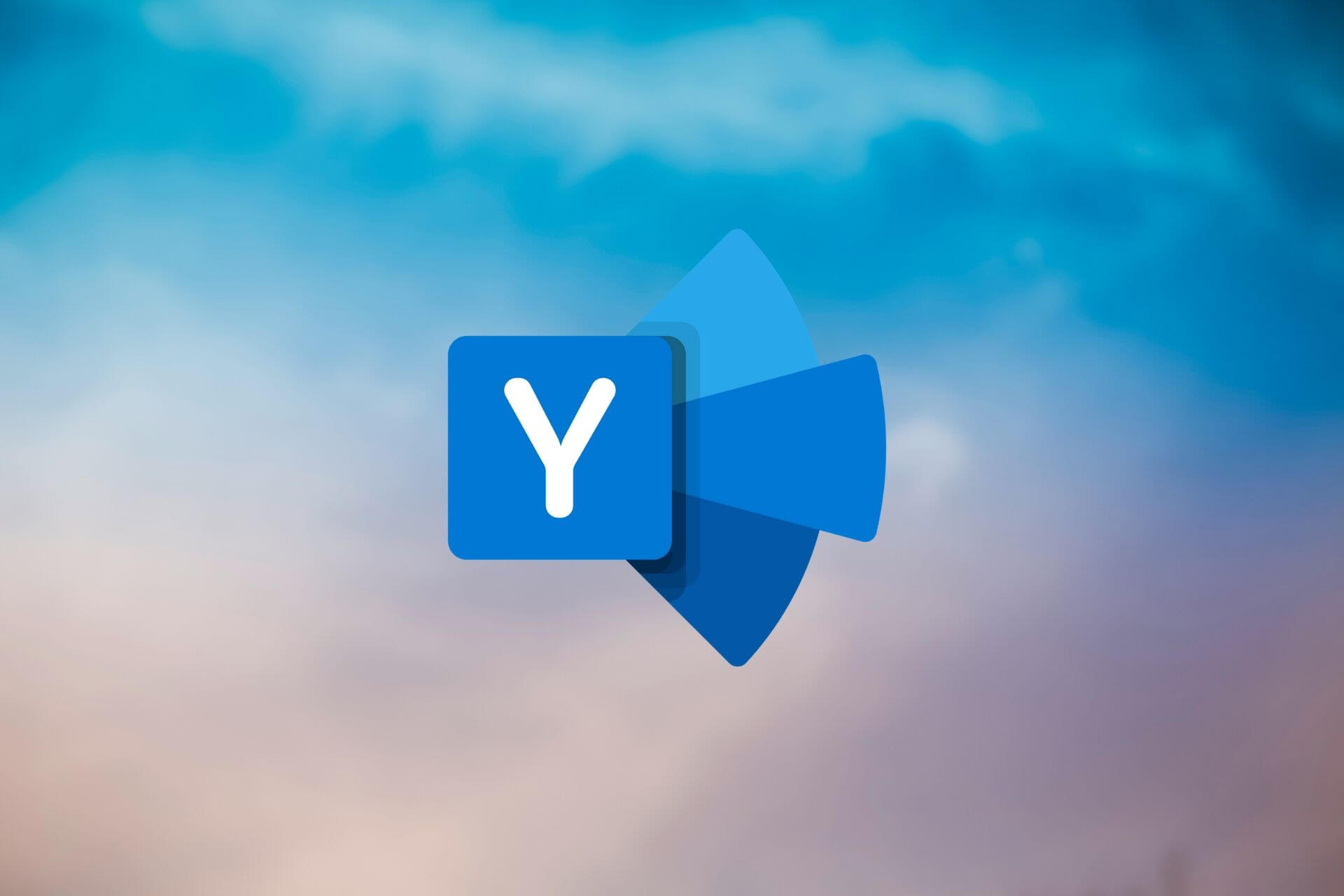
In your Slack workspace, create a public channel named whatever you want - we think something like “metabase” does just fine - then enter that channel’s name in the Slack Channel Name field in Metabase. Create a dedicated Metabase channel in your Slack Return to the Slack settings page in your Metabase and paste this token in the Metabase field with the same name. On the Slack site page for your Slack app, on the left in the Features section, click on OAuth and Permissions in the Slack Apps sidebar and then copy the Bot User OAuth Token. On the next screen, click Allow to give Metabase access to your Slack workspace. On the Slack site for your newly created app, in the Settings > Basic Information tab, under Install your app, click on Install to workspace. Then hit Create to set up your Slack app.
The manifest just take cares of some settings for your app and helps speed things along.Ĭlick the Next button. Here is the manifest in YAML format:ĭescription: Bringing the power of Metabase to your Slack #channels! You can click on Configure to see the app manifest Metabase sent along in the URL.

This warning is expected (Metabase is the third party here). This app is created from a 3rd party manifest Always verify URLs and permissions below. When you click on Open Slack App, Metabase will pass along the app manifest, which Slack will use to set up your app. Select the workspace you want to create your app. On the Slack website, click Create an App. Metabase will open a new browser tab and send you over to the Slack website to create the Slack app. Create your Slack Appįor Metabase to post to your Slack channels, you’ll need to create a Slack App and make it available to Metabase.įrom any Metabase page, go to Admin settings > Settings > Slack.Ĭlick on Open Slack Apps. If you want to have your Dashboard subscriptions or alerts sent to Slack channels (or people on Slack), an admin must first integrate your Metabase with Slack.


 0 kommentar(er)
0 kommentar(er)
